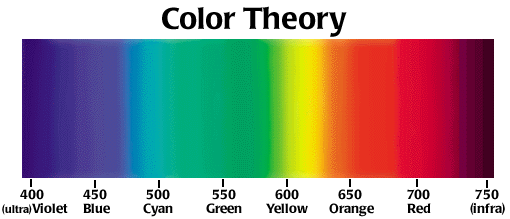Lighting Ratio
It’s easy to underestimate the tonal separation between the light side and the shadow side in sunlight. When lighting experts set up artificial lights for a movie shot, they call this separation the lighting ratio, and they usually try to reduce it to cancel the unflattering effect of harsh or dark shadows.
As artists we may want to do the same, depending on the feeling we want to create. But most often, beginning illustrators tend to ignore the dominance of direct illumination and play up secondary sources too much.
If you’re counting steps on a value scale from 1 to 10, you might typically see five steps of tone from sunlight to shadow, or two f-stops on a camera’s aperture setting. The separation would be reduced if there were high clouds, hazy atmosphere, or a light-colored ground surface.
The tonal scale ranges along a gradation from black to white, and all colors have an equivalent somewhere along that scale. As you practice this approach, you will become aware of occasions when it was actually the play of light on the subject that initially inspired you. You should start to try looking for tonal contrasts in the world around you, and begin to consider the play of tonal differences within a piece as an essential part of the composition.
















